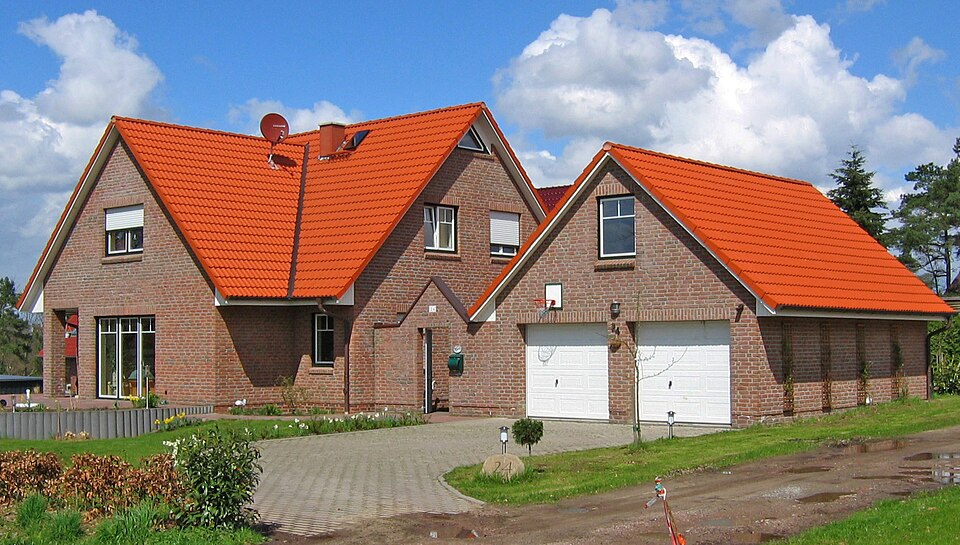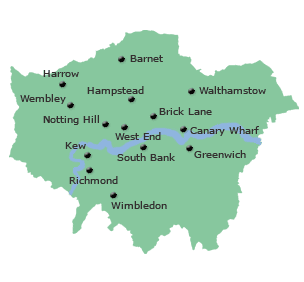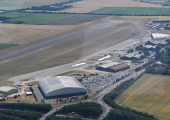
The UK government has announced plans to build up to 40,000 homes on disused railway land over the next decade as part of its £1 billion redevelopment initiative. The project will focus on
former goods yards, industrial sites, and redundant station buildings, aiming to create new communities while regenerating underused land.
Initial developments will begin in Manchester, Newcastle, Nottingham, and Cambridge, with a target of 15,000 homes to be delivered in the first five years. However, this is only a small part of the government’s wider pledge to build 1.5 million homes by the end of this parliament, a goal that faces significant challenges.
The government hopes to secure an additional £350 million in private sector investment to transform the sites into mixed-use communities, including shops, hotels, green spaces, as well as much-needed housing. Transport Secretary Heidi Alexander said the initiative would “support jobs, drive growth, and provide thousands of families with future homes.”
Key sites
Forth Yard, Newcastle: Up to 5,000 homes planned on land between the River Tyne and the Utilita Arena.
Mayfield Station, Manchester: 1,500 homes proposed for the derelict Victorian railway site.
New development body
To streamline delivery, the government is establishing a new company called Platform4 by merging London and Continental Railways with Network Rail’s Property Development Team. Officials said this would eliminate inefficiencies caused by the current “fragmented approach” to managing railway land. Bek Seeley, chair of London and Continental Railways, will lead the new body.
Obstacles ahead
The initiative faces multiple hurdles. Industry groups warn of:
Planning delays: The National Federation of Builders (NFB) says at least 40,000 homes nationwide are already stalled by regulatory issues, including 700 projects awaiting approval from the Building Safety Regulator.
Strained infrastructure: Concerns remain about whether local services—such as water, sewage, schools, and healthcare—can support large-scale housing developments.
Construction industry capacity: Skills shortages and small businesses leaving the sector are adding pressure.
Rico Wojtulewicz, head of policy at the NFB, called building near rail lines a “winning blueprint” because stations are already connected to communities. But he criticized other government policies for driving up costs “on at least ten fronts.”
The Building Safety Regulator admitted that many applications were taking longer than expected, rejecting around 70% for failing to meet legal standards.
Despite these challenges, the government says redeveloping railway land will be a crucial step toward easing the housing shortage and revitalizing communities across the country. Photo by Boereck, Wikimedia commons.



































